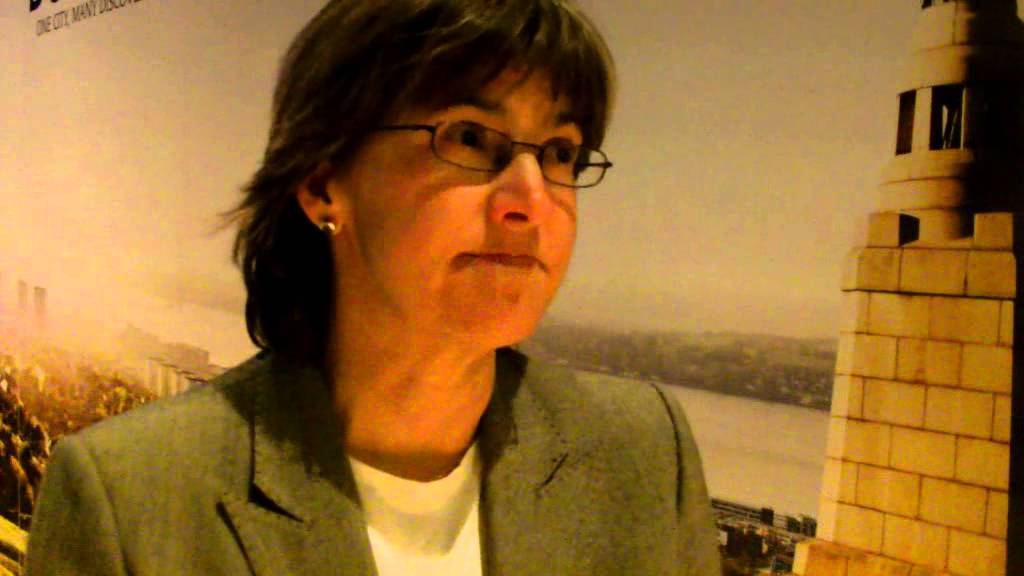Maintaining the quality of exhibitions and improving Dundee’s transport links are the key challenges facing the development of the city’s centrepiece V&A museum, it has been claimed.
Dr Beatriz Plaza told the city’s second economic summit at the Bonar Hall on Wednesday that “second-tier” cities like Dundee and Bilbao could attract the business benefits associated with large museum developments.
But the University of the Basque Country economic development academic warned that the conditions had to be right for projects to reap the biggest rewards.
The academic, who has regularly written on the so-called ‘Guggenheim effect’ since the museum opened in 1997, said reducing the “mental distance” to Dundee would be an important aspect in encouraging would-be collaborators and visitors from afar.
https://youtube.com/watch?v=6jxRy5W8Cu8%3Frel%3D0
She said “something had to be done” about Dundee’s transport links for international visitors, probably through improving links to an Edinburgh hub.
“If we want the V&A at Dundee to be a success then the connectivity is key not only the mental distance but the cost of the physical distance in terms of time and in terms of money.”
Dr Plaza said the success of the Bilbao project had been down to using the right connections and media to boost international recognition and engender a willingness to cooperate.
Just as the Guggenheim’s connection to its New York base was important to Bilbao, she believes the shared language between Dundee and the United States will be vital to driving visitors to the V&A at Dundee.
https://youtube.com/watch?v=QZkbMqpQ_nM%3Frel%3D0
“The question is whether we mentally see the place as close or as far away,” she added. “Before the Guggenheim, Bilbao was a very far away city mentally speaking it was industrialised, ugly and not a pleasant place. The mental distance was huge.”
But she highlighted the “massive” increase in foreign visitors, including students, drawn to Bilbao in the aftermath of the opening of the Guggenheim despite the northern Spanish city’s relatively small population of around 351,000, heavy industrial past and relatively poor air connections. Museum visitor numbers have held up at around one million a year after peaking at 1.3 million during 1998.
The £45m Dundee project is targeting 500,000 visitors in its first year, and a further 300,000 per year thereafter.
“In the first year there is always a novelty effect, but it becomes about how you will maintain the number of visitors,” Dr Plaza said. “The quality of the exhibitions is key here, and strategic, because it will connect with the media.”
Dr Plaza said the Guggenheim, and its reputation, had an “accumulative effect” on existing strengths in the Bilbao economy, and was a gateway for trade and knowledge exchange in industry as well as the arts.
Before the opening of the museum in 1997 Bilbao already had a developed engineering and architecture sector.
Several years later, local and regional firms in these sectors had grasped their opportunities and turned themselves into international and multinational operators.
While the tourist boom saw employment in the sector increase by more than a quarter during the years to 2005, up by around 4,000 to 19,000, other industries increased their collective workforces by an even greater degree making the city’s economy more varied and less reliant on hospitality than it had been before the building of the museum.
